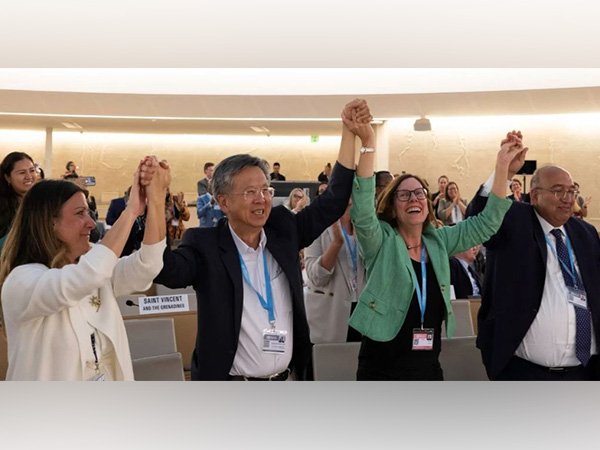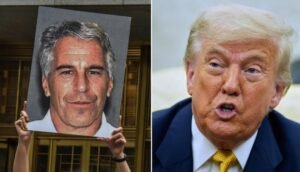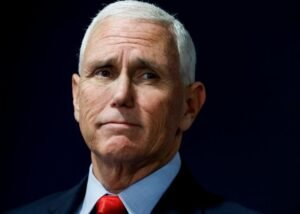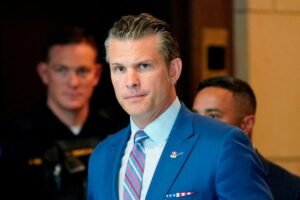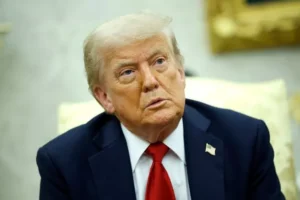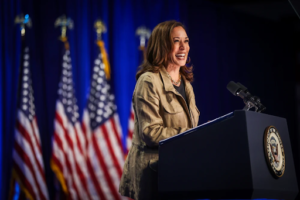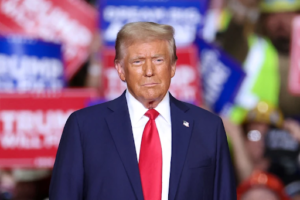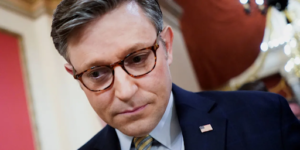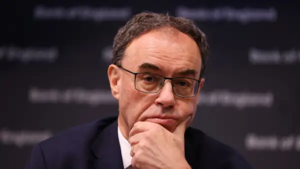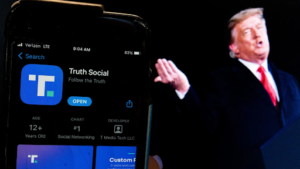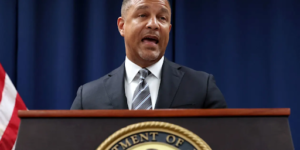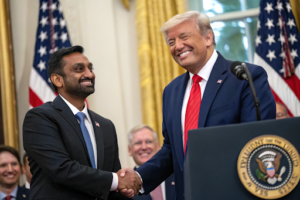A New Leader Faces a Global Test
At his first G7 summit as Japan’s Prime Minister, Shigeru Ishiba found himself thrust into the center of escalating trade tensions. Held in Canada, the summit became a pivotal platform for Ishiba to voice Japan’s growing concerns over U.S. tariffs on auto imports. In a series of intense diplomatic discussions with U.S. President Donald Trump, Ishiba pushed to resolve ongoing disagreements, seeking a trade deal that would preserve Japan’s economic stability while fostering mutual benefit.
A Stalemate in U.S.-Japan Trade Negotiations
Prime Minister Ishiba openly acknowledged that talks with the United States remain in a state of deadlock. Central to the dispute is the 25% tariff imposed by the U.S. on Japanese automobile imports—a policy Ishiba described as both unfair and harmful. Despite his efforts to find common ground, no resolution emerged during the summit.
In his post-summit press conference, Ishiba noted, “Our aim is to reach an agreement that not only safeguards Japan’s economic interests but also strengthens the foundation of our long-standing trade partnership with the United States.”
The Stakes for Japan’s Economy
Japan’s economy is heavily reliant on automobile exports, with companies like Toyota, Honda, and Nissan operating significant manufacturing and supply chain networks across the globe. The U.S. market represents one of Japan’s largest export destinations, and a 25% tariff on vehicles directly threatens profit margins, jobs, and overall economic growth.
Economic analysts warn that continued uncertainty could lead to reduced production, job cuts, and a loss of investor confidence. Additionally, suppliers and small businesses linked to the automotive sector face collateral damage, as demand weakens and costs rise.
Global Implications of the Tariff Conflict
The disagreement between Japan and the United States extends beyond a bilateral squabble—it represents a fracture in the global trading system. Other G7 leaders expressed concern that rising protectionism could destabilize international trade norms, which have historically been built on cooperation and multilateral agreements.
European and Canadian leaders echoed Ishiba’s sentiments, urging Washington to reconsider its tariff policies. “The imposition of unilateral tariffs by any major economy disrupts global markets and creates uncertainty,” commented a European Union official on the sidelines of the summit.
G7 Summit: A Platform for Diplomacy and Disagreement
The 2025 G7 summit provided an opportunity for world leaders to discuss pressing issues such as climate change, global security, and economic inequality. However, trade disputes—particularly those involving the United States—dominated many of the closed-door discussions.
Prime Minister Ishiba’s participation marked a significant moment in his political career. Recently elected, Ishiba sought to establish his credentials as a capable and assertive leader on the world stage. While his attempts to resolve the trade impasse did not yield immediate success, his composed and direct engagement with President Trump signaled Japan’s commitment to diplomacy over confrontation.
Ishiba’s Diplomatic Strategy: Firm but Collaborative
Throughout the summit, Ishiba maintained a tone of respectful assertiveness. He emphasized that Japan is not seeking conflict but fairness. His approach stood in contrast to some of the more confrontational tactics employed by other leaders in past summits, reflecting a uniquely Japanese diplomatic style focused on long-term relationships and mutual respect.
“We continue to believe in the value of partnership and open dialogue,” Ishiba stated. “But we must also be firm in defending the interests of our people and industries.”
The U.S. Position: National Security and Economic Concerns
President Trump defended the auto tariffs by citing national security and the need to reduce the U.S. trade deficit. He argued that excessive dependence on foreign-made vehicles weakens domestic manufacturing and threatens the American industrial base.
However, critics—including some within the U.S. business community—question the effectiveness and motivation behind such measures. Many economists suggest that the tariffs may lead to higher prices for consumers and retaliatory actions from trade partners.
Looking Ahead: What’s Next for U.S.-Japan Trade Talks?
Despite the current impasse, both sides have agreed to continue negotiations in the coming months. Japanese trade officials are scheduled to meet with their American counterparts in Washington later this year, with the goal of finding a compromise that addresses each nation’s concerns.

